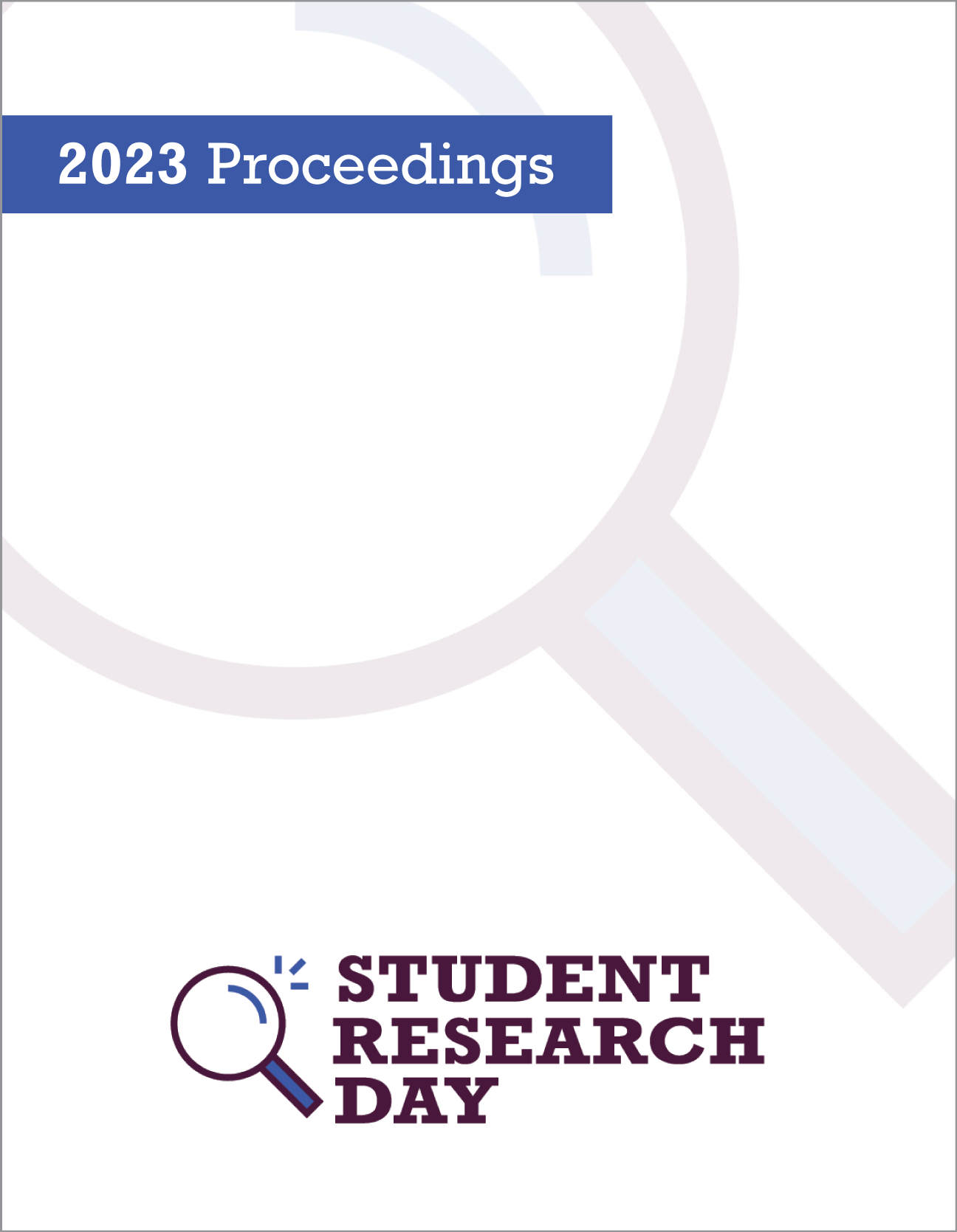Laboratory Design: Multi-method Analysis of Metal Adsorption to Diatomite
Abstract
Heavy metal contamination in aquatic systems has been considered an environmental threat to humans and other living organisms. An increasing interest in research and development towards removing these pollutants has led to the development of a cost-effective and high-efficiency method. This study aims to determine the interaction between metals and diatomite surfaces. Cadmium (Cd) and gold (Au) metal in solution was used to investigate how much of these metals were adsorb by diatoms or precipitated in solution through batch adsorption experiment. The experiment was conducted by setting up different concentrations of Au and Cd solutions in pH of 2 to 10. A surface study of diatomite was done through potentiometric titration by determining the point of zero charges (pzc). In addition, potentiometric titration informs at which pH of the diatomite surface is protonated and deprotonated. The amount of Cd and Au removed from solution was quantified by Inductively Couples Plasma Optical Emission Spectroscopy (ICP-OES). Fourier Transform Infrared Spectroscopy (FTIR) provides information about the functional group present in the diatomite and how they interact with metal ions. The structure of diatomite and its elemental composition was analyzed using Scanning Electron Microscopy (SEM) and Energy Dispersive X-ray Spectroscopy (EDS). This research project is designed to be taught to undergraduates in the lab for a series of labs in the course Introduction to Biogeochemistry.
Faculty Mentor: Dr. Janice Kenney
Published
Issue
Section
License
Authors retain any and all existing copyright to works contributed to these proceedings.



